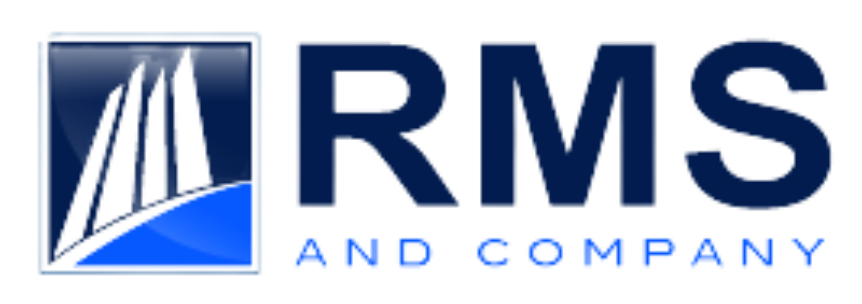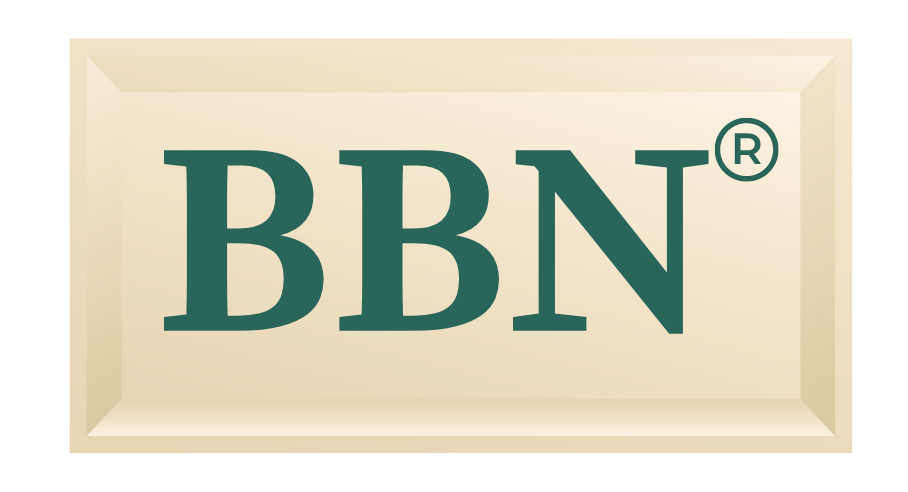The Financing Process
As part of the client services, we guide prospective buyers through the financing process, pre-qualify listings ahead of time, and can help with the preparation process to obtain financing. Contact us to learn more.
SBA Financing Information And Overview.
The US Small Business Administration (SBA) enables private lenders to make loans for buying a business by guaranteeing that a portion of the loan proceeds will be repaid to the lender in the event of a default by the borrower. SBA financing is the primary vehicle through which small business acquisitions are financed.
The most commonly used loan types are 7(a) and 504 loans. Due to its versatile nature, the 7(a) loan is the most commonly used type of SBA loan. Proceeds from a 7(a) loan can be used for nearly any legitimate business purpose, including buying a business, real estate construction and acquisitions, debt refinance, business expansions, business startups, equipment and working capital.
The term of a 7(a) loan is dictated by the use of proceeds. Prepayment penalties are non-existent for loans with maturities of less than 15 years and are extremely lenient for loans with longer maturities. Interest rates are nearly always variable and based on a spread over the Prime Rate.
The 504 loan program is intended solely for real estate and fixed assets such as heavy equipment. 504 loans provide for maximum leverage (up to 90% loan-to-value) with favorable terms, including maturities out to 25 years and relatively low interest rates which can be fixed for the life of the loan. 504 loans are also unique in that they allow for loan sizes up to $5 million (greater in some instances).
The structure of a 504 loan differs from typical loans in that it combines two separate loans. The first loan is a 50% conventional first mortgage that is not guaranteed by the SBA, and the second loan is a 30 – 40% second mortgage made by an independent non-profit entity known as a Certified Development Corporation (CDC). The CDC portion of the loan is 100% guaranteed by the SBA.
Business Acquisition Financing.
Let us be your guide to the process of financing your purchase.
The Financing Process From Start To Finish.
Many lenders can make SBA loans, but very few actually make SBA lending a priority. When seeking SBA financing, it is important to make sure you’re dealing with a lender who maintains the coveted PLP designation. These lenders are known as “Preferred Lenders,” and they have the ability to originate, process, and close SBA loans much quicker than lenders who don’t maintain a PLP designation.
Qualifying for an SBA loan is straightforward and simple. In most cases, the following list of information is sufficient to obtain a financing proposal from your chosen lender:
- Business tax returns for last three years
- Current year interim financial statements
- Schedule of existing debt related to the business
- Background on business and details on real estate if applicable
- Borrower’s Personal Financial Statement (SBA Form 413)
- Credit check on all guarantors
- Borrower’s resume or information on the borrower’s professional experience
- Information relating to any other businesses controlled by borrower(s)
A financing proposal is a non-binding letter that outlines the terms under which a lender is willing to loan money and provides an estimate of the costs associated with the loan. Once you obtain a financing proposal from your chosen lender and agree to the terms of the proposal, your lender will typically need to collect the balance of the information needed to underwrite the loan as well as an underwriting fee or “packaging fee.”
Most PLP lenders are able to underwrite a loan request within one to three weeks. After the loan is underwritten, it is submitted to that lender’s credit authority for approval. If the loan is approved, a commitment letter will be issued to you (typically within 24 hours). This is a binding letter that outlines the lender’s intent to fund a loan under stated terms and conditions. Most lenders require you to submit a loan deposit with your signed commitment letter. The deposit is credited to closing costs and third-party fees incurred by the lender, such as appraisal costs.
After a commitment letter is issued, signed and returned with the deposit, general time frames for closing an SBA loan range from three weeks to 45 days. Numerous variables can affect the time it takes to close an SBA loan, including (but not limited to) real estate considerations, construction requirements, and business valuations and/or real estate appraisals. The best way to control the closing time frame is for you, the borrower, to respond to your lender’s requests for information in a timely manner.
Three Guidelines For Financing A Business Acquisition With An SBA Loan.
Cash Flow is King
All business acquisition loans are evaluated based on the historical cash flow reported in the business’s tax returns. The performance of the business subsequent to the most recent year’s tax returns is important, but your lender relies heavily on the cash flow reported in the tax returns to ensure that there is sufficient cash flow to repay the loan.
Your lender will also evaluate your personal financial situation to understand what your personal debt obligations are and how much money you need to withdraw, if any, from the cash flow of the business. Businesses with minimal or even negative cash flow can often still be financed if the borrower has a favorable personal financial situation.
Create a Business Plan
Even borrowers with extremely strong industry experience will be asked, at a minimum, to create financial projections that reflect their estimates of revenues and operating expenses after the business is purchased. Many lenders require all borrowers applying for a business acquisition loan to provide a business plan, regardless of experience.
Borrowers with less impressive resumes can attempt to mitigate their lack of experience by providing a thorough, comprehensive business plan that shows they have completed a substantial amount of due diligence on the business being purchased.
Experience is Important
Your lender will want to know why you’re qualified to own and operate the business you want to buy. If you don’t have experience owning, operating, or working within a similar type of business, you will need to make a strong case that you have professional experience that is “transferable” to your target business in order to qualify for SBA financing.
How Much Money Do I Need To Buy A Business?
Different lenders require different amounts of cash equity to be injected into the purchase of a business. Most lenders view the amount of equity required in terms of a percentage of Total Project Cost. Total Project Cost is equal to the sum of the (a) borrower’s cash injection, (b) amount of debt offered by the lender, and (c) amount of any third-party financing obtained in conjunction with the transaction (such as a seller note).
Total Project Cost usually includes closing costs. Most PLP lenders require between 10% and 25% of the Total Project Cost to be injected into a business acquisition by the borrower.
Some factors that typically decrease the required amount of borrower equity include:
- If real estate is included in the sale, “general-multi-purpose” (such as an office building or warehouse) is preferred, as opposed to “special use” (such as a car wash or marina).
- The borrower has a secondary repayment source for the loan other than the business purchased (such as a spouse or co-borrower with outside employment).
- Other collateral available to pledge (such as a rental property or securities)
- Significant industry experience or transferable experience
- The seller of the business carries a seller note.
- The business has a strong historical cash flow.
In general, it’s difficult to approximate the exact amount of equity a lender requires without having a conversation about the above issues. However, most business acquisitions that don’t include real estate normally require at least 20% cash equity. In some cases, lenders may approve a loan to a borrower who is injecting less if the right factors are in place.
Resources.
Since the SBA has been changing its guidelines due to economic conditions, please visit their site for updates.
The SBA has its own “Personal Financial Statement” which must be completed. You can download a copy of it below.



